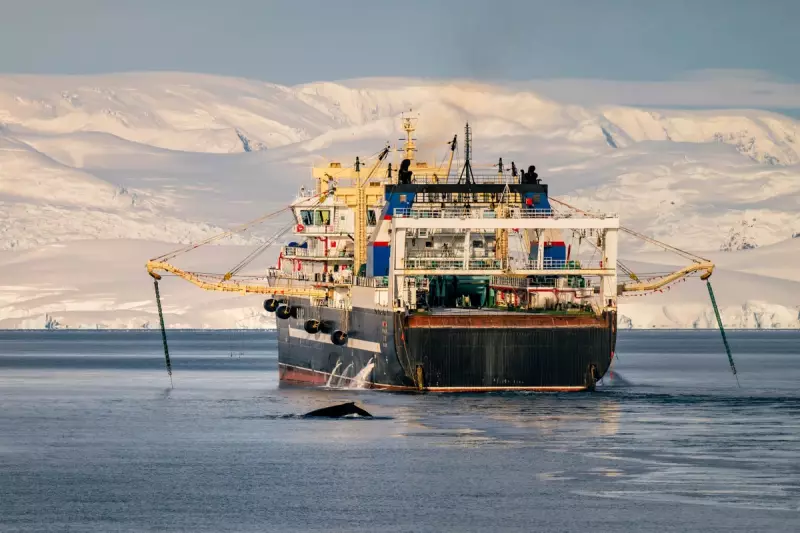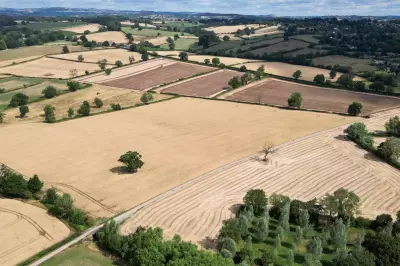
Scientists have issued a dire warning as new research confirms Antarctica's ice sheets are melting at an alarming rate, with potentially catastrophic consequences for coastal cities worldwide.
The Ticking Time Bomb Beneath the Ice
According to recent satellite data analysis, the Antarctic Peninsula - one of the fastest-warming regions on Earth - has experienced unprecedented ice loss in recent decades. The study suggests current melting rates could contribute to sea level rises exceeding previous worst-case projections.
Which Cities Face the Greatest Threat?
The research highlights several global metropolises particularly vulnerable to rising sea levels:
- Miami, USA: Projected to experience chronic flooding by 2040
- Shanghai, China: 17.5 million people at risk of displacement
- Mumbai, India: Economic hub facing existential threat
- London, UK: Thames Barrier may become inadequate
Why This Melt Differs From Natural Cycles
While Antarctica has experienced natural warming periods before, researchers emphasize several concerning differences:
- The current warming is occurring across the entire continent simultaneously
- Melting rates have accelerated dramatically since 2000
- Key stabilizing ice shelves show signs of structural collapse
"What we're seeing now goes far beyond natural variability," cautioned lead researcher Dr. Emily Carter. "The feedback loops we've identified suggest this process may become irreversible without immediate action."
The Climate Domino Effect
The study identifies several interconnected processes driving the accelerated melt:
- Warmer ocean currents eroding ice shelves from below
- Surface melting creating dangerous hydrofracturing
- Reduced albedo effect as exposed rock absorbs more heat
These factors combine to create what scientists describe as a "climate domino effect" - where each process accelerates the others in a dangerous feedback loop.
Is There Still Time to Act?
While the findings paint a grim picture, researchers stress that meaningful carbon emission reductions could still prevent the worst scenarios. However, the window for action is closing rapidly, with critical thresholds likely to be passed within the next decade.
The complete findings will be published in next month's edition of Nature Climate Change, accompanied by policy recommendations for world leaders.





